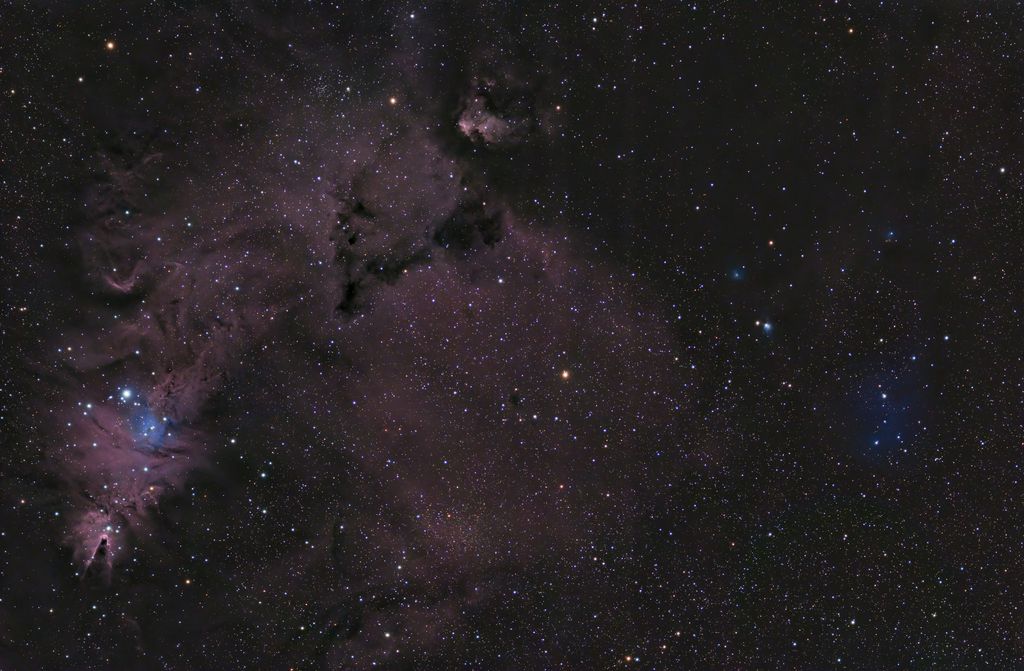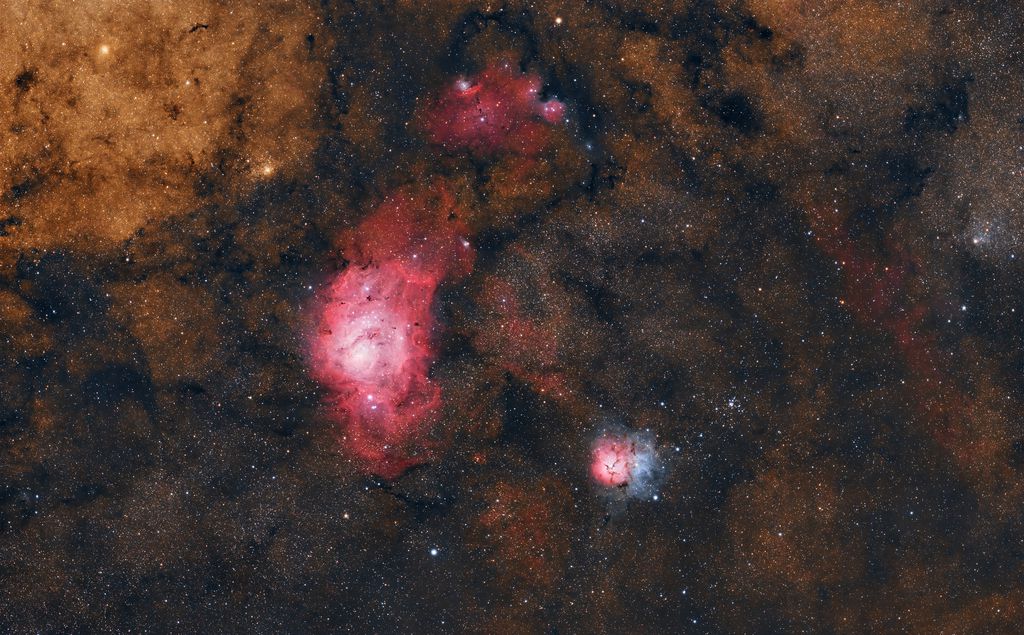Tim Ray:
This image Data from Oort Cloud (Dave) from the Cloudy Nights link from this thread. I have never imaged this object so I thought I would give it a go. This is true RGB data with a Ha sub not OSC data with a Ha sub. It falls outside this thread of doing OSC RGB processing, but I thought I would share the result. Nice data. META data was included so a nice Plate-Solve and SPCC was used in the PI workflow.
CS Tim
his data is very nice. Your processing is very nice.
After processing nice data (compared to my own) I've decided it's a LOT easier to process nice data.
So I'm going to stop processing others and concentrate and improving my own data.
I'm still very grateful to both for making nice data available to learn on. It is as a very useful exercise for me, and I'm sure others.




